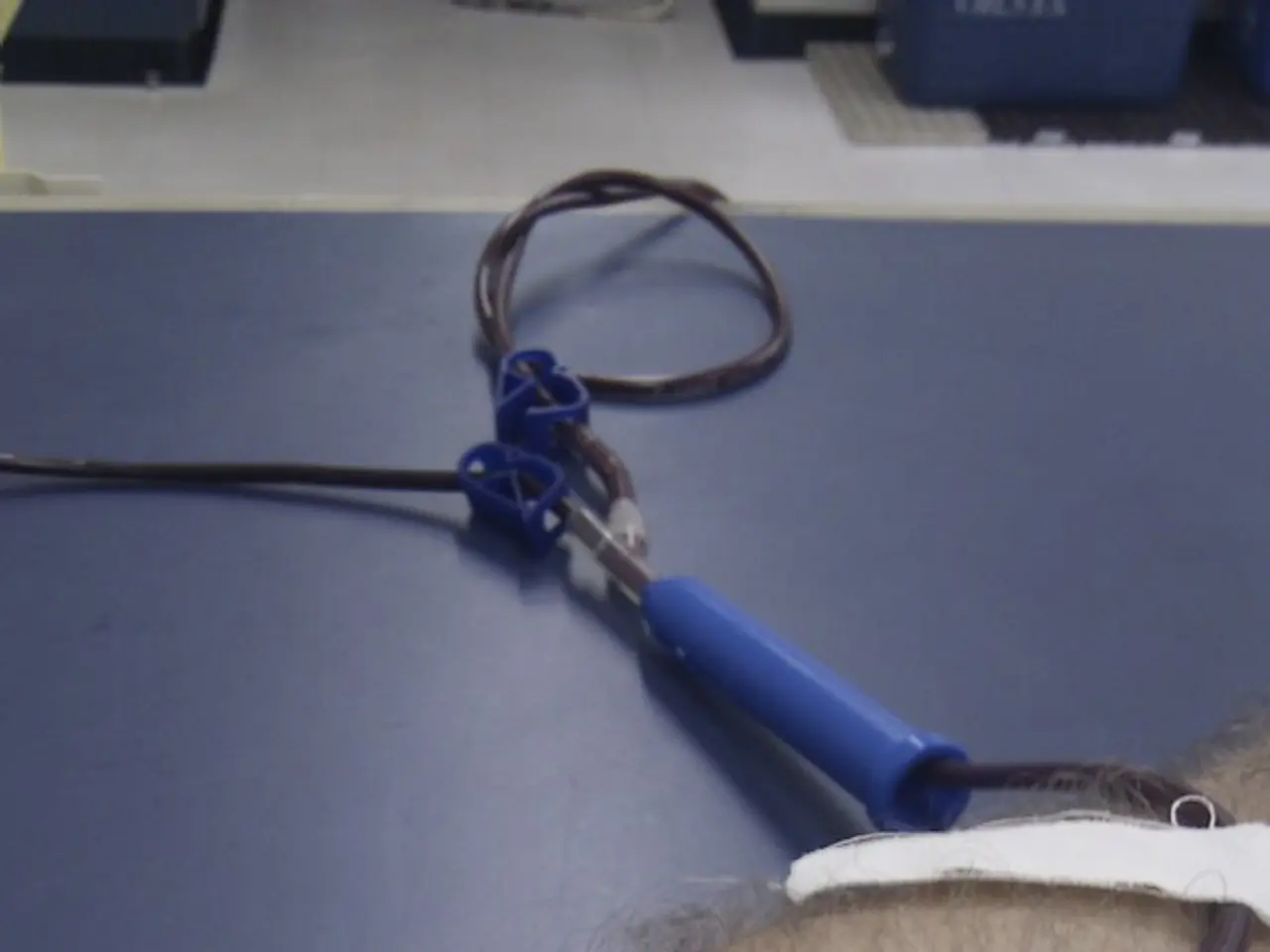Immunocompetent Patients Presenting with Pancreatic Tuberculosis Misidentified as Pancreatic Cancer: A Case Series and Diagnostic Strategies
Case Series: Uncommon Diagnosis of Pancreatic Tuberculosis
In a recent case series, three patients were diagnosed with an uncommon form of tuberculosis affecting the pancreas. The patients, aged 32, 44, and with no specified age, presented with nonspecific symptoms such as epigastric pain and weight loss.
The 32-year-old patient, who had no significant past medical history or known exposure to Mycobacterium tuberculosis, underwent a diagnostic procedure (EUS + FNA) to confirm the diagnosis. The imaging revealed a 50 mm mass located in the head of the pancreas with invasion into the portal trunk, celiac trunk, and common hepatic artery. The mass exhibited a heterogeneous appearance, with both solid and necrotic components. The patient did not show signs of distant metastasis, as the lungs and liver, and their liver enzymes were within normal limits. However, an elevated white blood cell count (10,600/mm) and a slightly higher lipase level (39 UI/L) were noted. EUS with FNA and subsequent histopathology confirmed tuberculosis through the presence of granulomas with caseous necrosis. The patient was initiated on anti-tuberculosis treatment, leading to a favorable outcome, including pain resolution and normalization of follow-up imaging.
The 44-year-old woman in Case 1 had a similar presentation, having visited India and Bangladesh before presenting at the Gastroenterology Department. Her QuantiFERON test was positive, raising the suspicion of tuberculosis. Routine laboratory tests revealed no significant abnormalities, except for a white blood cell count of 5900/mm and a lymphocyte count of 1300/mm. Imaging showed a pancreatic mass suggestive of pancreatic cancer. The patient was also diagnosed through EUS with FNA and histopathology, and received anti-tuberculosis therapy, resulting in a positive outcome.
The third patient, for whom the age is not specified, presented with atypical epigastric pain and weight loss. Abdominal tuberculosis accounts for 11%-16% of Mycobacterium tuberculosis cases, and this patient's CT scan also revealed coeliac lymphadenopathy. This patient's diagnosis was confirmed through EUS with FNA and histopathology, and they too were initiated on anti-tuberculosis treatment, leading to a favorable outcome.
Pancreatic tuberculosis is extremely uncommon, even in areas with high tuberculosis prevalence. This case series highlights the importance of considering this diagnosis in patients with unexplained abdominal symptoms, particularly in those with a travel history to endemic areas. Early diagnosis and appropriate treatment can lead to favorable outcomes, as demonstrated in these cases.
Read also:
- Peptide YY (PYY): Exploring its Role in Appetite Suppression, Intestinal Health, and Cognitive Links
- Toddler Health: Rotavirus Signs, Origins, and Potential Complications
- Digestive issues and heart discomfort: Root causes and associated health conditions
- House Infernos: Deadly Hazards Surpassing the Flames








